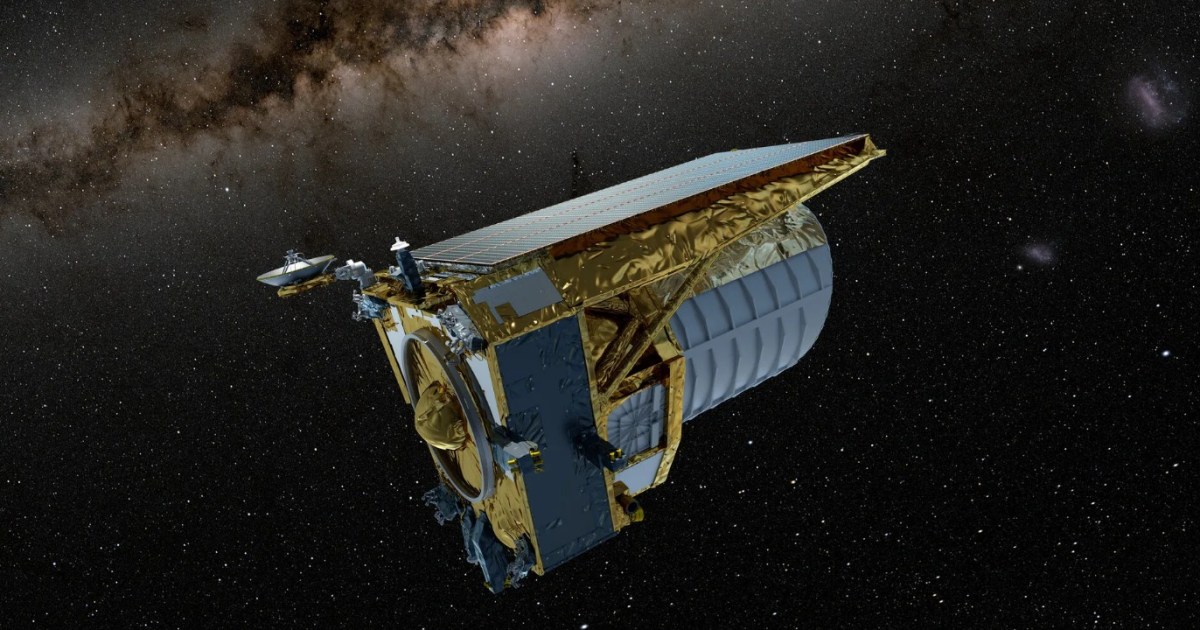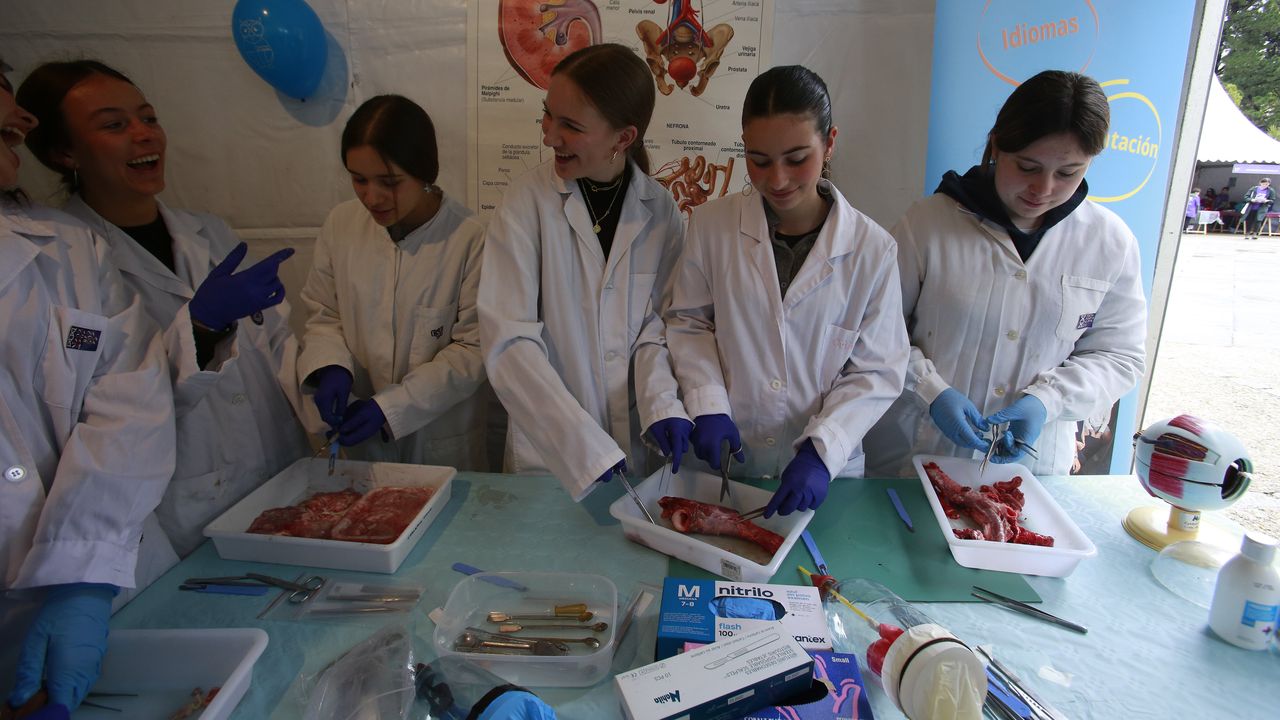If you think defrosting your car in the winter is annoying, consider the engineers whose job it is to defrost telescopes in space. he Euclid Space Telescope The European Space Agency (ESA) is currently conducting a defrosting operation to remove some layers of water ice that are less than a nanometer thick but sufficient to prevent the telescope's high-resolution measurements.
It is not uncommon for ice to form on space telescopes, as small amounts of water enter the telescope from the air while it is being built on Earth. When launched into space, this water is gradually released and freezes in the cold environment, forming a crust of ice. This isn't usually a big problem, but since Euclid studies dark matter and dark energy, he needs to take very sensitive measurements, and ice will get in the way.
This sensitivity is why engineers can't just hit Euclid heaters to melt ice, they must approach the problem carefully.
“Most other space missions do not have as stringent requirements for ‘thermal-optical stability’ as Euclid,” Andreas Rudolf, Euclid flight director at ESA's Mission Control Center, explained in a statement. launch. “To achieve Euclid’s science goals of mapping the universe in 3D by observing billions of galaxies 10 billion light-years away, across more than a third of the sky, means we have to keep the mission incredibly stable, and that includes its temperature.” So, Heaters in the load module must be operated with extreme caution.”
To address the problem, the team is finding out exactly where the ice is located, and mapping how it will affect future measurements if it continues to accumulate. They can then try different heating methods, such as gradually increasing the temperature of the spacecraft as a whole or the more complex process of heating only certain parts of it.
By moving cautiously now, the team hopes to be prepared for the future as small amounts of water continue to be released and frozen.
“Once the damaged area is isolated, we hope that we can simply heat this isolated part of the spacecraft in the future as needed,” said Misha Shermer, a calibration scientist at the Euclid Consortium, who is working on the thawing plan. . “What we are doing is very complex and detailed, so we can save valuable time in the future – I am very excited to see where this water ice accumulates and how successful our plan is.”
Editor's recommendations





